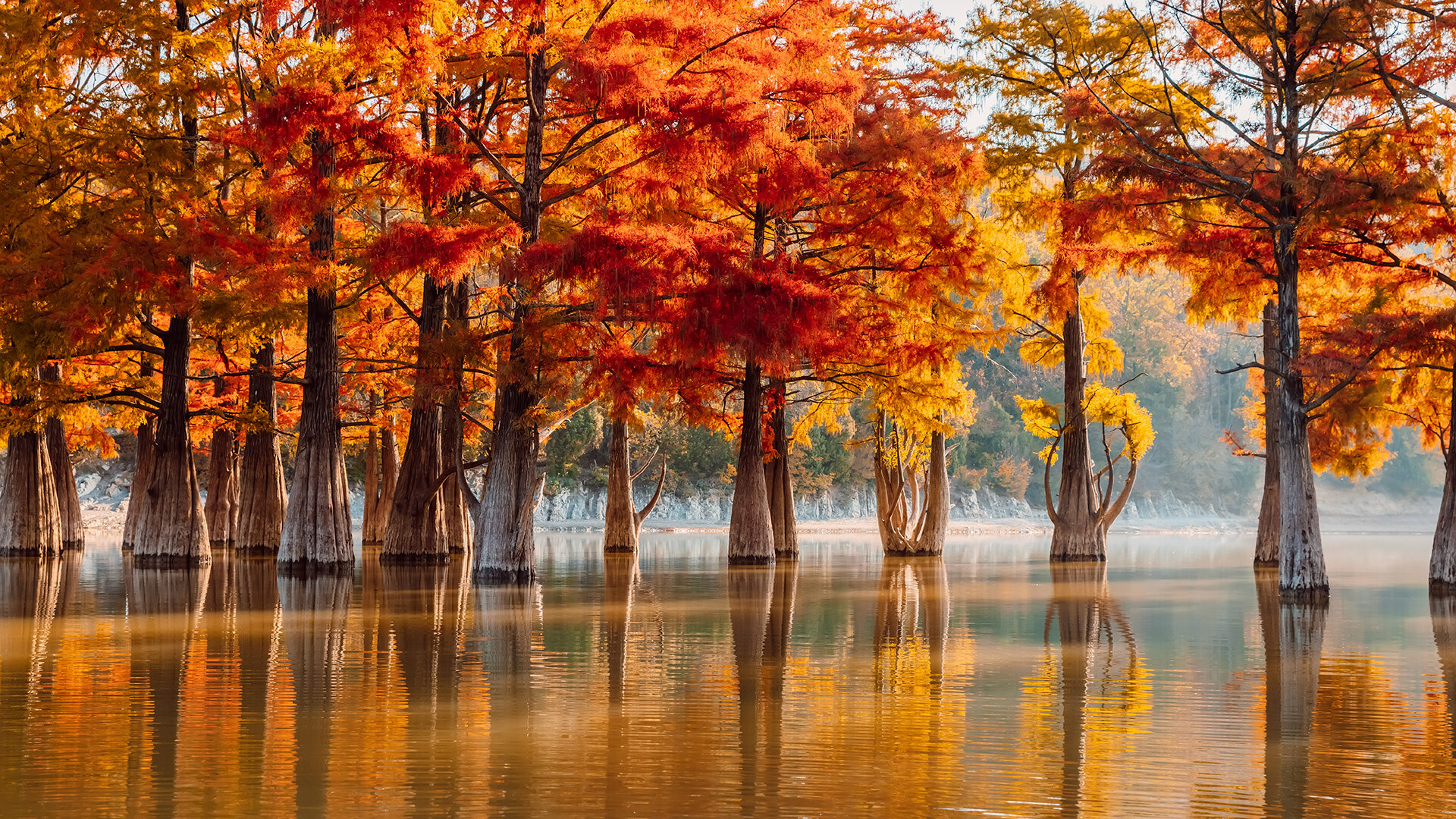
Sukko lake near the city of Anapa.
Getty Images
Ruins of the Castle of Insterburg, Chernyakhovsk sity.
Legion MediaThe westernmost region of Russia is known not only for its Baltic Sea resorts and amber deposits, but also for the medieval castles of the Teutonic Order. Many of them are now ruins that are gradually being restored. Knight's armor and trophies can be seen in the castles of Waldau (Nizovye village) and Shaaken (Nekrasovo village), and in the town of Chernyakhovsk you can walk along the preserved fortress wall of Insterburg castle. There are also ruins in Neman, Bagrationovsk and Znamensk. Read more here.
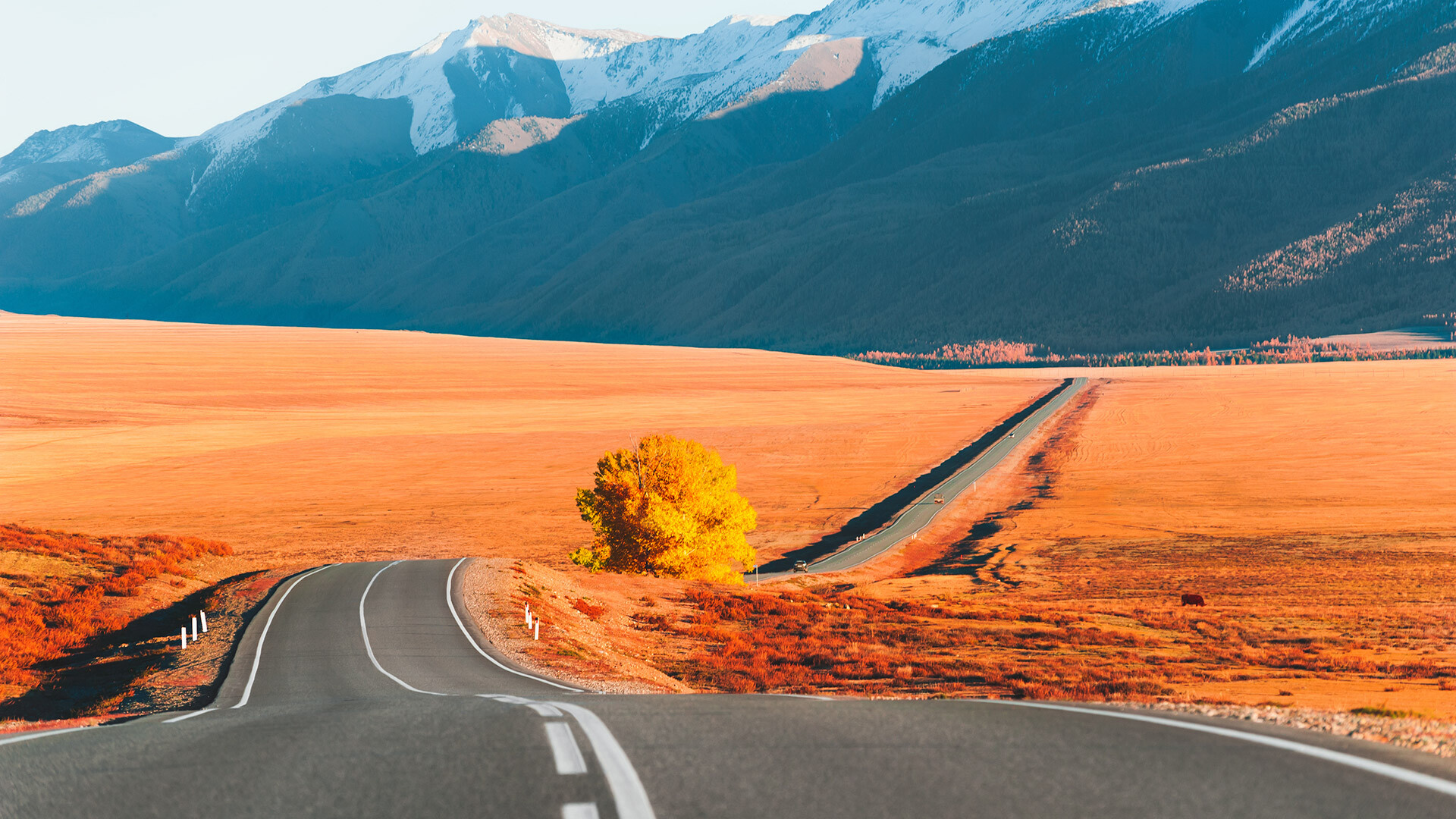
Chuysky Trakt and view of North-Chuya mountain ridge in Altai.
Getty ImagesPerhaps the most beautiful road in Russia runs along the former Silk Road to China. It starts in Novosibirsk and stretches 1,000 kilometers through Altai to the border with Mongolia.
Along the way, you will see stunning landscapes: mountains, rivers and lakes of incredible beauty, especially in the Kurai Steppe region.
Find more gorgeous road views here.
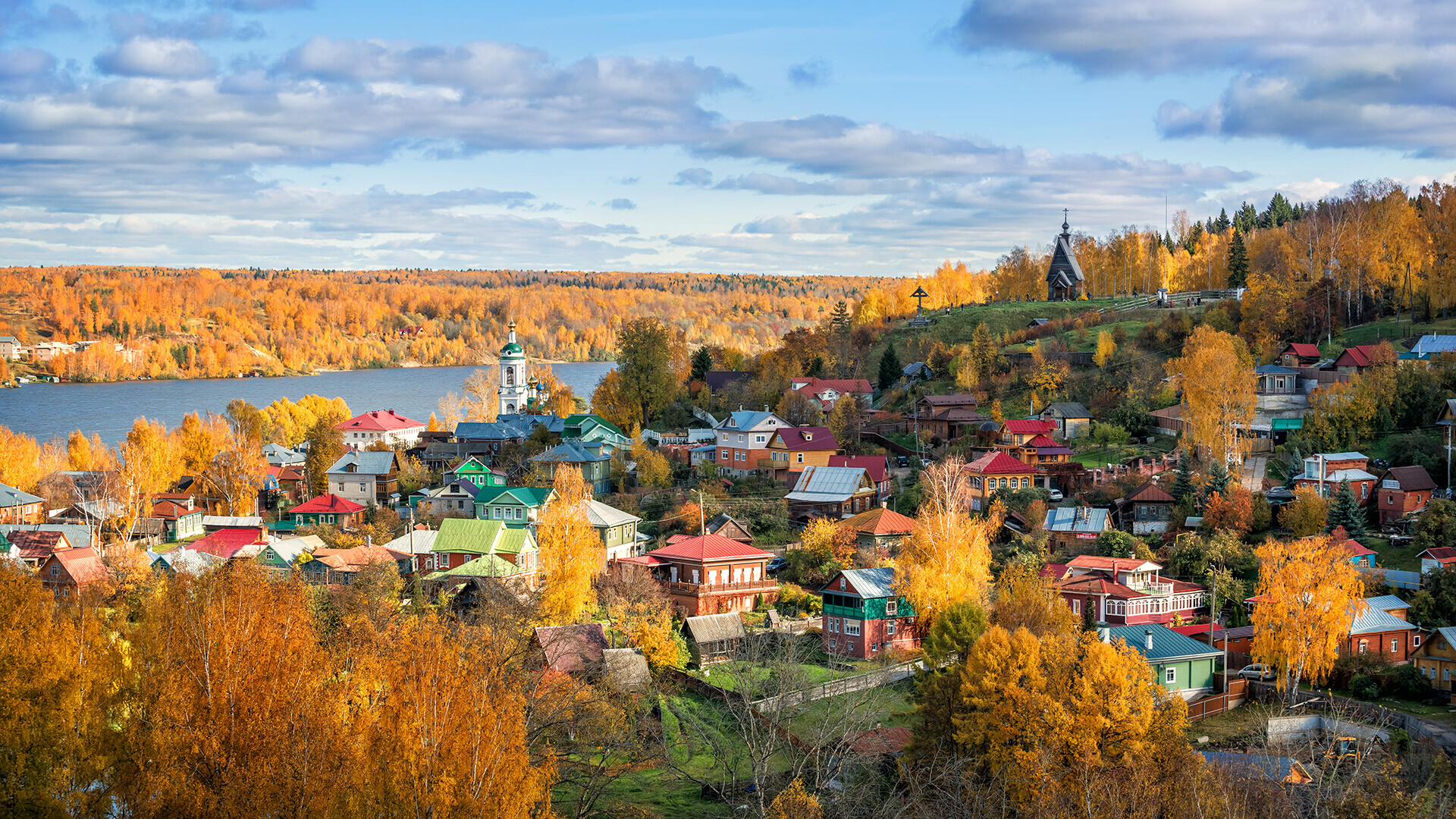
View of the houses of Plyos, Mount Levitan and the Volga River from the height of Cathedral Mountain.
Getty ImagesA small town in Ivanovo Region adored by artists - these views most often appeared in the works of Isaac Levitan. And it is in the fall season - with bright golden and red leaves.
Time seems frozen there and today's people can easily walk between merchant estates and ancient churches. Find out what else to do in Plyos here.
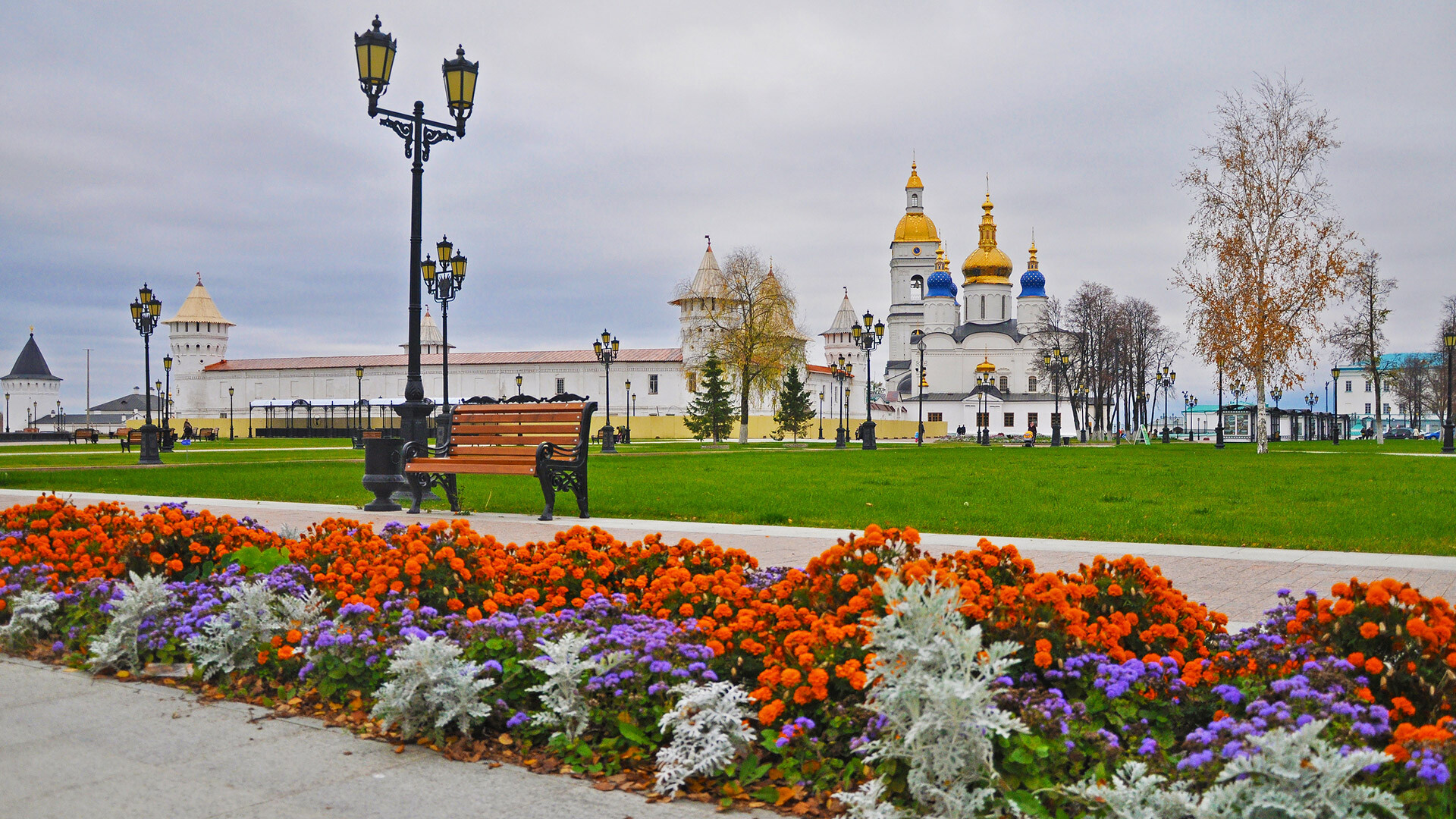
St Sophia Cathedral in Russian city of Tobolsk.
Legion MediaSurrounded by the deep forests of Tyumen Region, there is a fairytale town with cobblestone streets, cozy coffee houses and a neo-Gothic church.
Tobolsk is the only city in Siberia, in which a white-stone kremlin of the 17th-18th centuries has been preserved. Also inside the kremlin is the oldest stone church in Siberia from 1686 - the Sophia-Assumption Cathedral, the Prikaznaya (Order) Chamber, the Gostiny Dvor and the bell tower, where the bell from Uglich “served its exile”. In 1591, it announced the death of Tsarevich Dmitry and, as a “punishment”, it was exiled to Siberia for 300 years.
Read more about Tobolsk here.
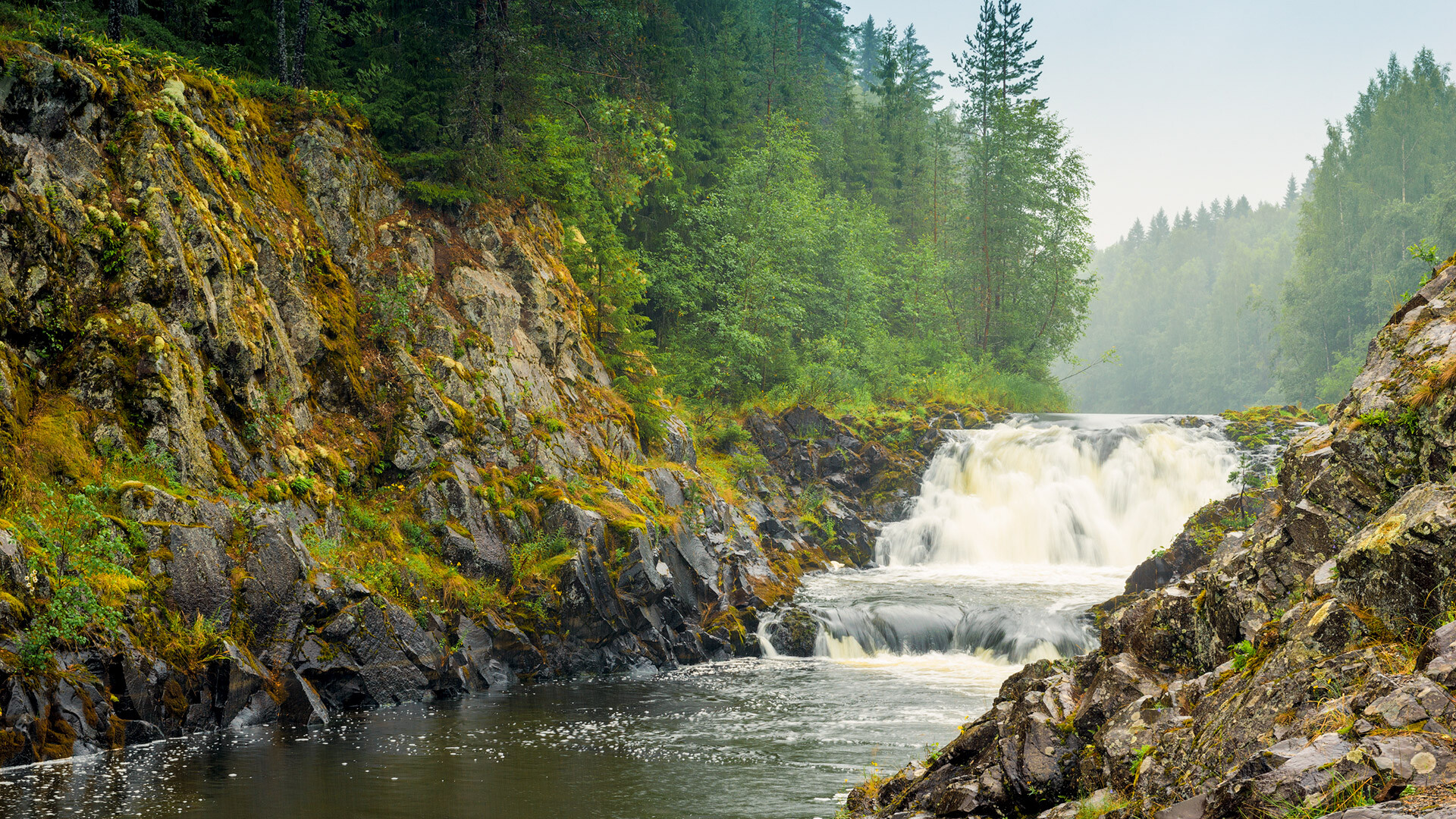
Waterfall Kivach in nature reserve of Karelia.
Legion MediaBlue lakes, marble canyons and mountain forests with giant boulders - Karelia's northern vistas are captivating at first sight. For example, the Kivach waterfall - the second largest flat waterfall in Europe. And also the extinct Girvas paleovolcano, which looks like a rocky forest with lakes.
Find out what else you should definitely see in Karelia here.

Suspended cable Russian bridge from the mainland of the Far-Eastern city of Vladivostok to the Russky island through the Eastern Bosphorus Strait.
Getty ImagesVladivostok is often dubbed the “Russian San Francisco”, because of the picturesque views from the bridges across the bays. The two most famous bridges are the Zolotoy ('Golden') and Russky ('Russian') bridges.
There is also one of the oldest lighthouses in Russia - Tokarevsky. It is located on an embankment island, onto which a narrow causeway leads.
See more beautiful Vladivostok views here.
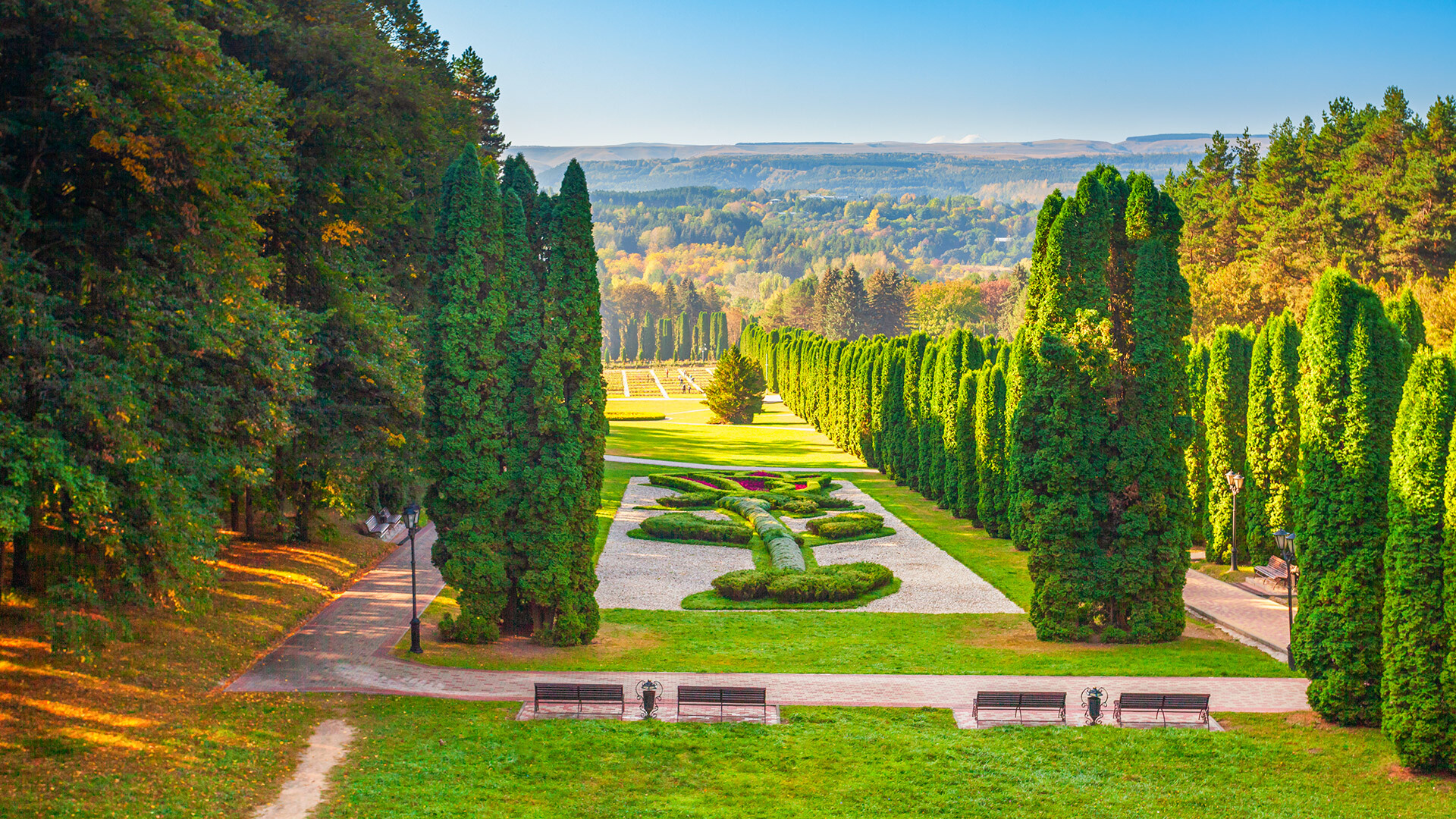
Rose garden in Kislovodsk National Park.
Getty ImagesThe resorts of this region in the Caucasus are known for their healing springs, mountain parks and cozy old towns with southern flavor and Caucasian cuisine.
Kislovodsk, Essentuki, Zheleznovodsk and Pyatigorsk are the main cities of the ‘Caucasian Mineral Waters’, each of which is interesting in its own way. In Essentuki, the pre-revolutionary “ancestor” of gyms, where they practiced “mechanotherapy”, has been preserved. In Zheleznovodsk, you will find an 860-meter cascade staircase with fountains. In Kislovodsk, there is a huge park with many paths and ‘terrenekurs’ (a method of spa treatment, which provides for dosed physical activity in the form of walking, climbing in mountainous terrain on certain marked routes) of different levels of complexity. In Pyatigorsk, meanwhile, you will find‘Tsvetnik’ park and the Proval karst lake.
Find out what other interesting things this region has to offer here.

View of the Church in the city of Vologda.
Getty ImagesThe city famous for its lace, butter and carved platbands is the soul and unofficial capital of the Russian North. Vologda, the same age as Moscow, was historically a large trading city and many folk crafts were developed there.
The central part of the city is the kremlin from the mid-16th century with St. Sophia Cathedral and the Bishop’s Court. And the central museum, of course, is dedicated to lace.
Find out what else to do in Vologda here.
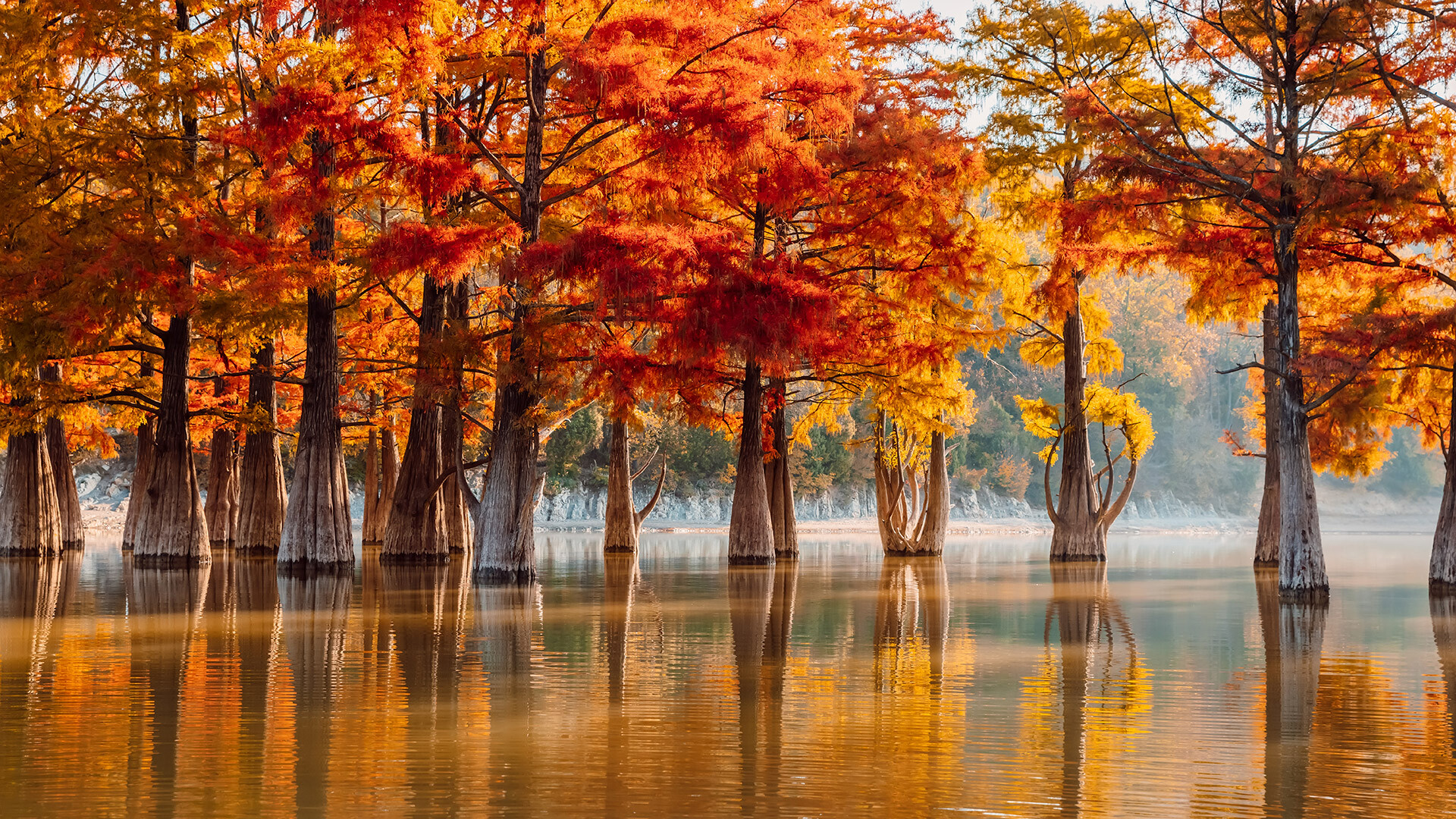
Sukko lake near the city of Anapa.
Getty ImagesIf you love the sea, you can still swim in the Black Sea until October. However, there are other equally interesting activities in Krasnodar Krai.
Near Anapa, you can visit the ruins of the ancient city of Gorgippia (5th century BC) and, on the Taman Peninsula, you will find the tourist complex of the ‘Ataman’ Cossack village.
Check out some other ancient Russian cities here.
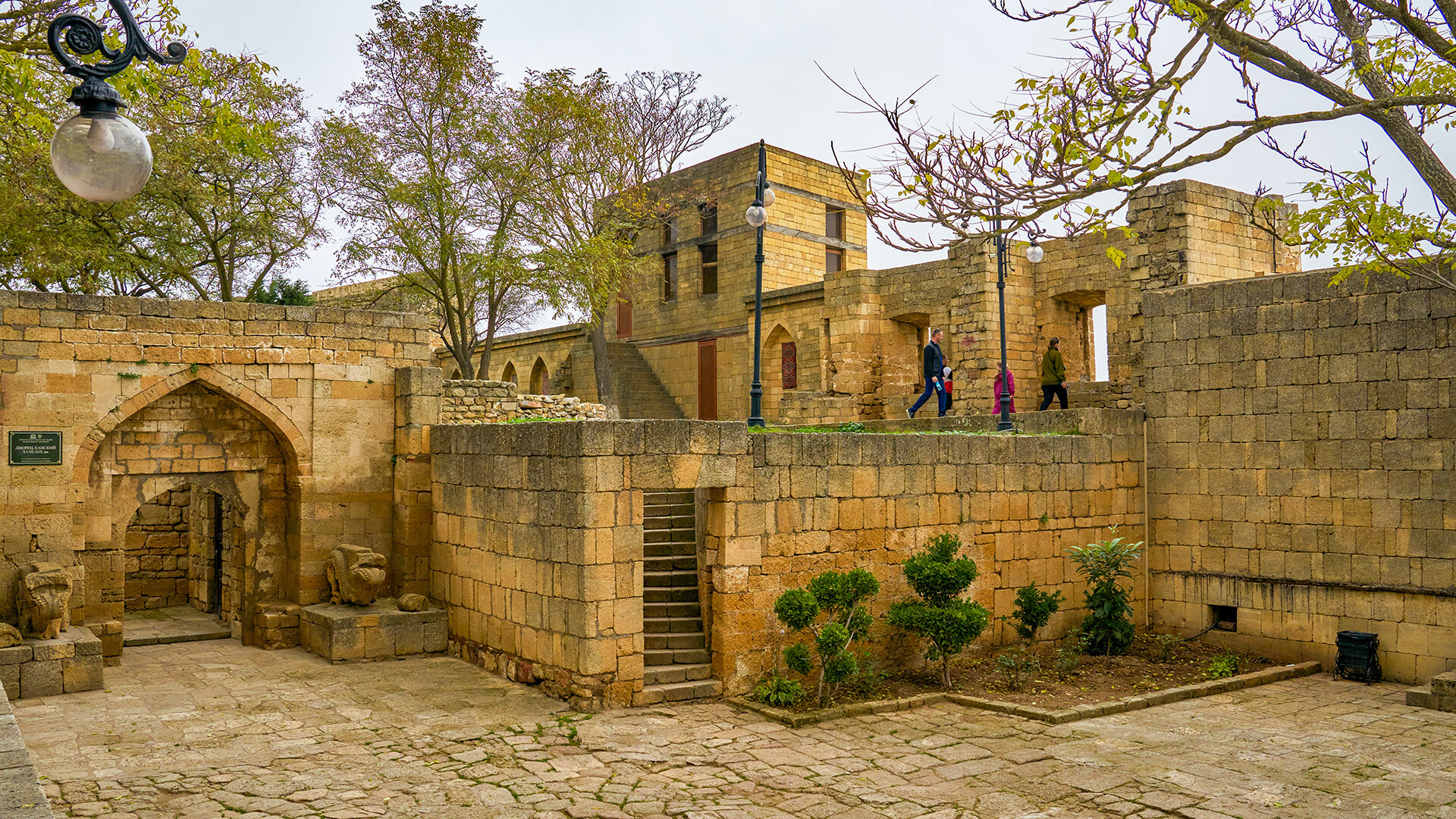
Naryn-Kala fortress.
Alexei Danichev/SputnikDerbent in Dagestan is the southernmost city of Russia and one of the oldest. Derbent was founded in the 6th century BC and many antiquities have been preserved there.
Among them is the oldest fortress in Russia, Naryn-Kala, built in the 6th century. And also the Juma Mosque from the year 734 - not only the oldest in Russia, but also in the whole post-Soviet space.
In the fall, in Derbent is no longer as hot, but you can still swim in the Caspian Sea.
Read more about this city here.
Dear readers,
Our website and social media accounts are under threat of being restricted or banned, due to the current circumstances. So, to keep up with our latest content, simply do the following:
If using any of Russia Beyond's content, partly or in full, always provide an active hyperlink to the original material.
Subscribe
to our newsletter!
Get the week's best stories straight to your inbox